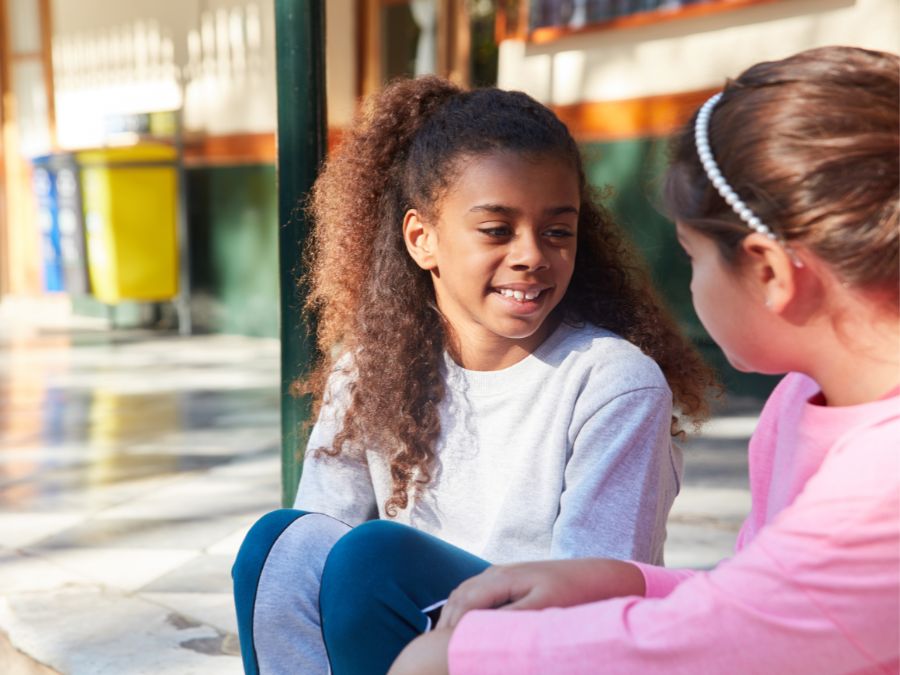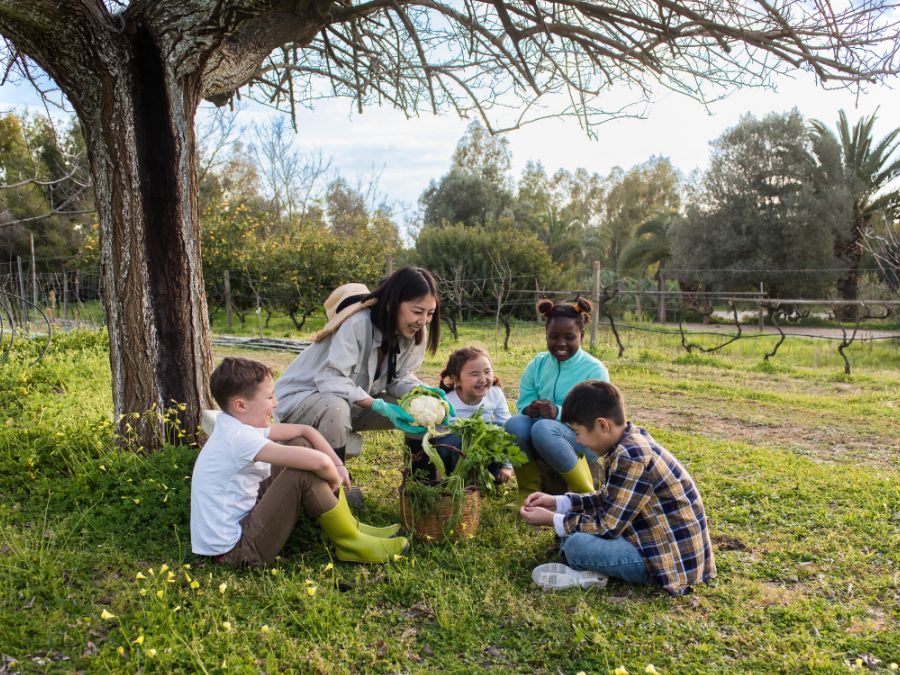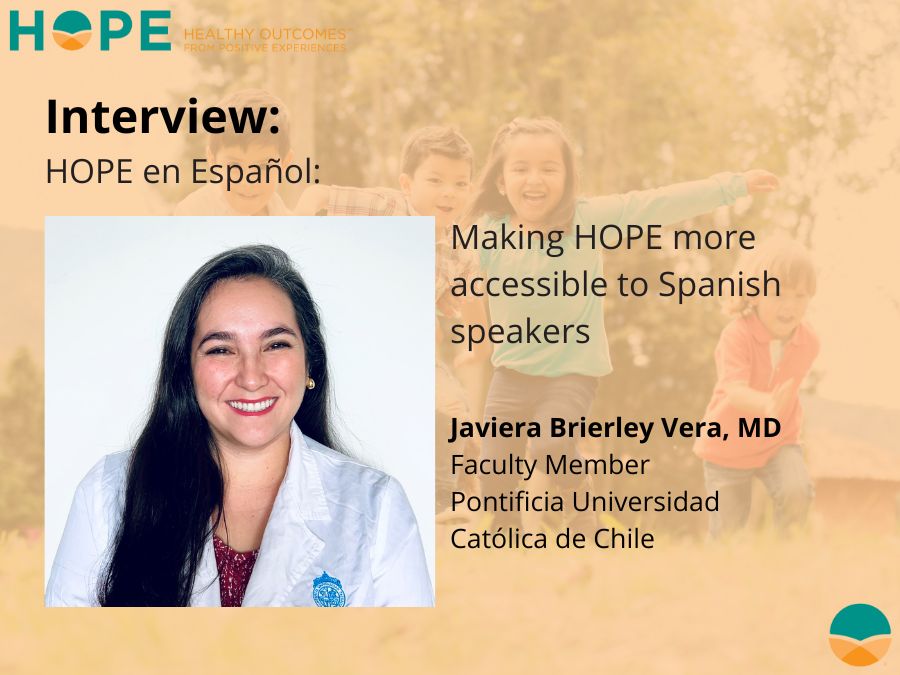
How to start conversations about the HOPE framework
What makes up the HOPE framework and how do you introduce it to others? We have broken down key phrases and concepts about the HOPE framework and our goals for the HOPE National Resource Center.
When families, professionals, communities, and organizations incorporate the promotion of positive childhood experiences (PCEs) into their lives and work through the implementation of the HOPE framework, we can create a lasting positive impact on children’s growth into healthy, resilient adults. The HOPE National Resource Center aims to spread the awareness and practice of PCEs across the country and the world.
Whether it is a first conversation with a friend or colleague or a push to your organization’s leadership to advocate HOPE training, understanding the core components of HOPE is key to spreading positive childhood experiences.
Key phrases and concepts of HOPE
The HOPE framework
The Healthy Outcomes from Positive Experiences (HOPE) framework is a strengths-based flexible approach to supporting children and families by prioritizing the promotion of equitable access to positive childhood experiences. While many models and frameworks also celebrate strengths and promote holistic views of people, the HOPE framework offers a complete approach to practicing PCEs.
Adverse Childhood Experiences (ACEs)
Adverse Childhood Experiences, or ACEs, negatively impact our physical, mental, and behavioral health. The original study on ACEs published in 1998 helped launch the field of trauma-informed care.
Positive childhood experiences (PCEs)
Positive childhood experiences, or PCEs, help our brain heal from trauma and allow us to build resilience. In 2019, HOPE Director Robert Sege and others published a study where they found that PCEs can promote well-being even when exposed to ACEs.
The Four Building Blocks of HOPE
The Four Building Blocks of HOPE is an accessible way of talking about key types of PCEs into four categories. They help us understand which PCEs are flourishing in a family or community and where there are barriers.
The Building Blocks are not specific criteria in how to correctly practice PCEs. They are general categories where many experiences can fit in. It is up to each person, community, and culture to determine what each Building Block of HOPE uniquely means to them:
- Safe and supportive relationships
- Safe, stable, equitable environments
- Opportunities for engagement
- Opportunities for emotional growth
BRFSS
Behavioral Risk Factor Surveillance Survey Studies (BRFSS) are surveys conducted by each U.S. state with support of the Centers for Disease Control and Prevention (CDC). Researchers call homes and ask adults questions about their demography, their current health and well-being, and their childhood. HOPE published studies in 2015 and most recently in 2024 using BRFSS data that included questions on PCEs. The 2024 publication was the biggest study on PCEs done among U.S. adults, showing majority of adult’s experienced PCEs. However, it was also found that access to PCEs was not equitable across several minority demographics, highlighting the importance of advocacy around equitable access to PCEs and the Four Building Blocks of HOPE.
HOPE National Resource Center
The HOPE National Resource Center (NRC) offers research, resources, and training and technical assistance centered around the practice of PCEs and the HOPE framework. We offer keynote presentations, training workshops, and four certification programs that progressively train individuals and organizations to implement HOPE into their work:
- HOPE Train the Facilitator
- HOPE Champion
- HOPE Faculty Trainer
- HOPE-Informed Organizational Certification


